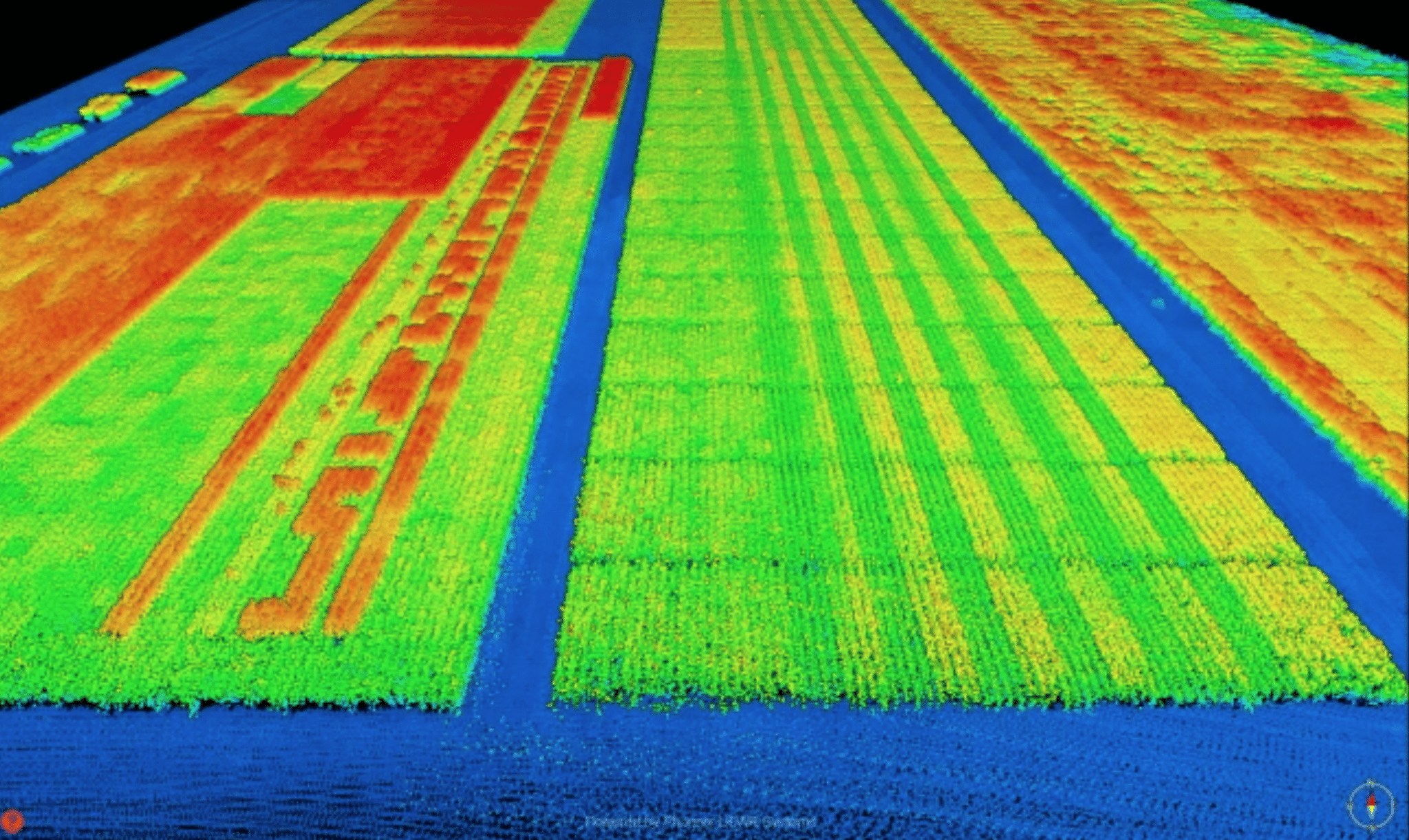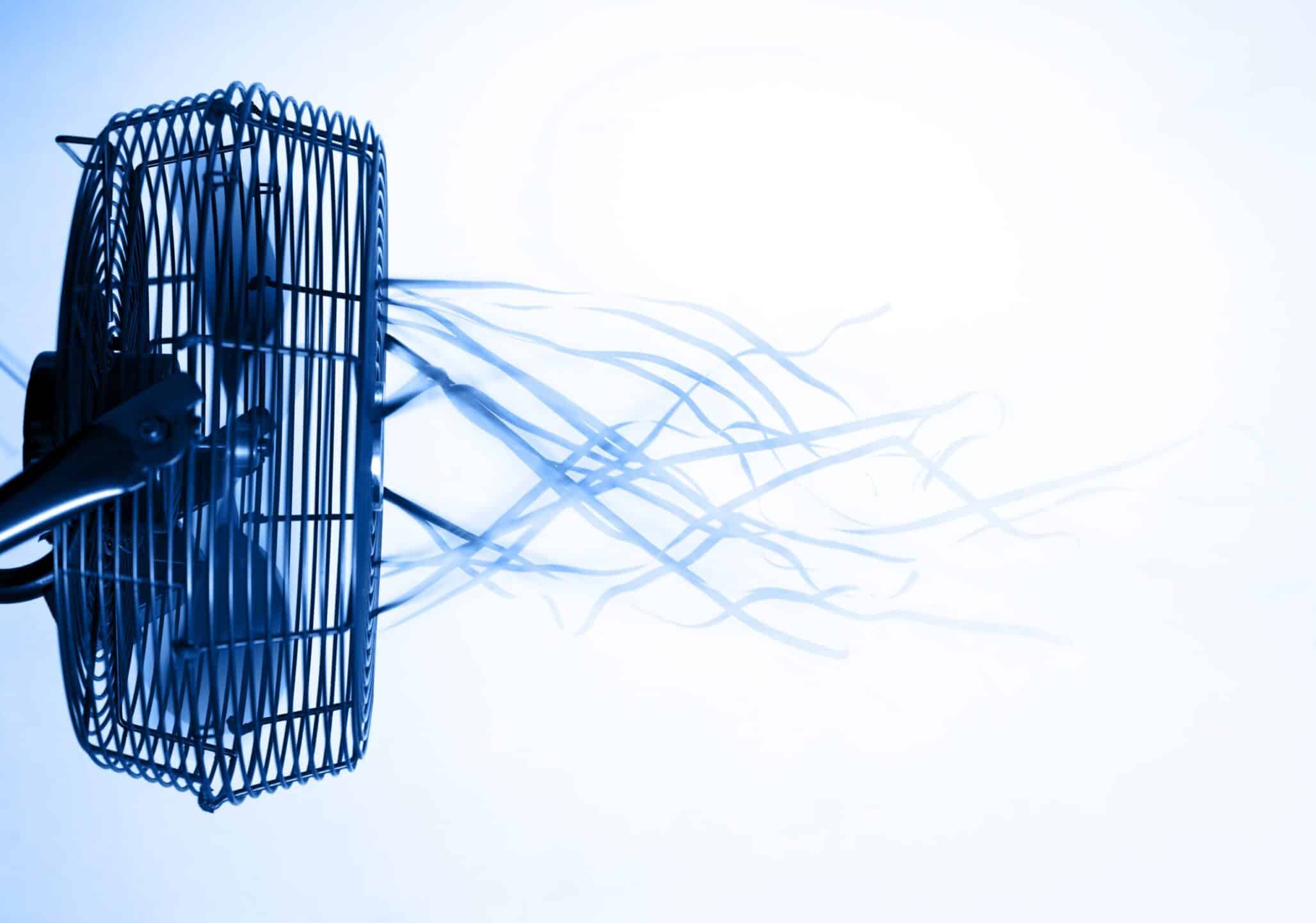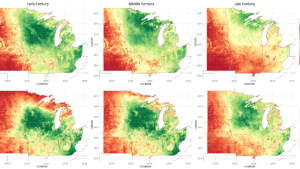As abiotic stressors become front of mind for growers, seed companies look at how to help product the corn crop.
It’s no secret that this past summer was a tough time for many farmers, particularly corn and soybean producers. A severe lack of precipitation, extended periods of intense heat and drought meant yields were down dramatically in many parts of the country.
“It’s not a new phenomenon to have stresses such as drought and heat. However, what we think based on what climatologists tell us is that not only will there be a greater frequency of years with drought and heat stress, but the severity of these stresses will also be greater in extreme years compared to what we have experience in the past,” explains Tim Setter, a professor of field crop science in Cornell University’s soil and crop science section.
More frequent heat and drought mean farmers are facing “a great deal of risk” because of these climate issues, he adds.
Modifying and Adapting Business
While abiotic stresses have forced many farmers to modify how they go about their business, they have also prompted many seed companies to adapt as a result of growing concerns over soil and drought issues.
“Most of the major companies, and many of the second tier companies, have been extensively breeding for improved stress tolerance, particularly drought tolerance,” Setter says. “All the major companies have products now that are marketed and branded to clearly illustrate that they are attempting to sell their products to farmers who are concerned about drought.”
Setter says those products include Syngenta’s Agrisure Artesian corn that offers season-long drought protection; Bayer’s DroughtGard; and Optimum AQUAmax drought-tolerant corn from Corteva’s Pioneer seed brand.
“There’s evidence these new hybrids targeted for drier conditions have some definite advantages,” Setter explains. “They are capable of dealing with stresses, particularly during the very vulnerable stages of flowering and early kernel development.”
Biologicals to Stay Ahead of the Game
Vince Wertman is RSM and director of Technical Services for ABM/Agrauxine by Lesaffre’s North American operations, based in Van Wert, Ohio. He says the increasing frequency of abiotic stresses such as heat and drought is a huge concern for his company since they are a leading cause of crop loss in crops like corn and soybeans.
As a result, Wertman says his company has increased its efforts of late to provide growers with even more “biological tools” for their toolbox. That includes the introduction of ABM’s SabrEx line of products for corn, wheat and cereals as well as its Graph-Ex, Graph-Ex SA and Excalibre-SA products for soybeans that contain the company’s Trichoderma beneficial fungi technology.
“I think that we’re always trying to better our response for the grower,” he explains. “One of the ways we’ve done that within our company is we’ve always selected endophytes or organisms that live within the plant and provide the plant with a larger diameter. These abiotic stresses could have a much greater impact on the plant if it didn’t have that relationship with that endophyte within the plant.”
Playing the Long Game
Megan Gillespie, head of phenomics for Bayer Crop Science, says shifting environmental and soil conditions have prompted Bayer to change how the company approaches the issue of how to address abiotic stresses. That means taking more of a long-term approach to dealing with those concerns, she explains.
“As we are designing more products and breeding for products, we have to keep in mind the climate of today is not necessarily the climate of the future,” she says. “We need to keep the climate of the future in mind as we are thinking about the product goals that we’re trying to meet with precision breeding. That is absolutely something that we can’t lose sight of and I think we need to put more effort into that moving forward.”
As part of that long-term approach, Gillespie says Bayer is making a concerted effort to measure the environment where its products are being tested more accurately. That includes introducing new, state-of-the-art sensors and other technologies such as satellite imagery at its testing and breeding sites.
“We’re trying to measure the environment better than we have in the past so that when we see a response in our genetics that we can understand what caused that response. What we’re trying to do is understand down to the plant level what kind of environment is that plant experiencing and what can we learn from that,” Gillespie explains.
The company is also using that same technology to gain a better understanding of a plant’s response to its environment rather than relying solely on data such as yield.
Education for Companies
Erich Eller, an agronomist and independent crop consultant with ForeFront Ag Solutions, says he’s encouraged by the efforts of ag companies to better understand the changing environment and develop new products that better respond to the environmental stresses growers are now dealing with.
However, Eller stresses that those companies still need to shift their way of thinking and focus on more than simply yield potential.
“As an industry I think we need to take a much closer look at (utilization),” he says. “We’re so focused on application rates. What we should be focused on is utilization rates, especially with fertilizer at record high prices. Companies need to help us do a better job of understanding the total crop and not just that it’s three bushels better.”
New Opportunities and Innovations
The news isn’t all doom and gloom when it comes to agriculture and the environment. Setter points out that climate change and the resulting rise in temperatures could mean new opportunities for both seed companies and growers. For example, warmer temperatures in some northern states could mean be an opportunity for growers to plant different or longer season crops that might not have thrived in their region in the past.
“Let’s be on the lookout for those opportunities,” he adds.
For her part, Gillespie is looking forward to seeing what kind of innovations are developed as a result of the ag industry’s efforts to address some of the challenges facing growers.
“I work with some of the coolest people you could imagine and it’s really state-of-the-art solutions that we’re bringing forward for these problems. I want to make sure people understand we are using as much cutting-edge technology as we can to solve this situation.”












